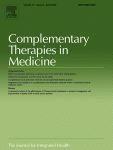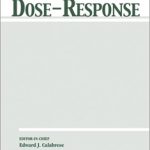Norbert Aust
Prolonged lifetime by adjunct homeopathy in cancer patients – A case of immortal time bias
Compl Ther Med, 2016, 24, 80

In 2014 Gaertner et al. published their retrospective study about the impact of adjunct homeopathic therapies on cancer patients in this journal.1 They report to have found vast benefits in annual survival ratios and median survival time in cases of fatal cancer conditions. However, these results most probably are highly biased in favor of homeopathy, a problem that arises from the inappropriate model they employed. There are a few other issues such as very small number of subjects, differences in group properties and maybe different approaches in conventional treatment that may or may not have had some impact on the results, this letter will focus on the immortal time bias.
The authors compared survival data of cancer patients that chose to undergo a homeopathic treatment adjunct to their standard treatment. The active drug data were sourced from the files of their homeopathic outpatient unit of Medical University in Vienna. Control data were extracted from published clinical trials of standard treatments of fitting cancer types from all over the world. Control data were annual survival rates and median survival times with regard to time of first treatment (FT).
Inclusion criteria of Gaertner et al. required the homeopathic patients to have completed at least three homeopathic sessions prior to enrollment. The subjects did start their homeopathic treatment together with conventional care on very rare occasions only, some started with a considerable delay. But because the authors report survival-time after first diagnosis (FD) survival time is accrued nevertheless.
For instance the subset of patients with pancreatic cancer (PC) started their homeopathic treatment on average 8 months after FD, with a span of 1–24 months. In addition it took another five months on average to complete the three sessions required by the admission criteria. This gives an average delay from FD of 13 months which is nearly twice as long as median survival time of 6.6 months established from the control data for PC.1 (Table 4)








Lascia un commento
Devi essere connesso per inviare un commento.